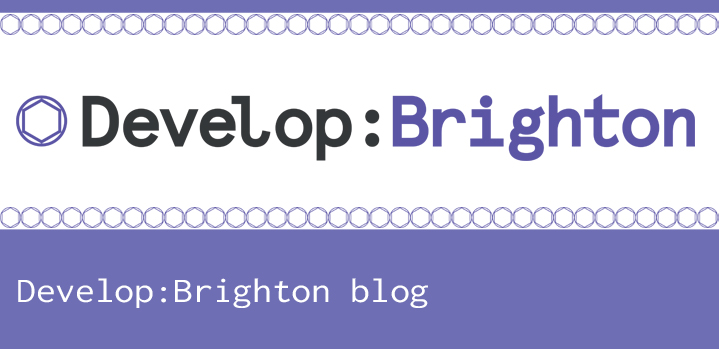People are less likely to want to try a headset sat there unused - we haven’t worked out why but if it’s just there as a weird looking bit of tech, people will be more hesitant to be the first to have a go. So if quiet (which is unlikely) have someone on the team play and have fun doing it.
Seating for safety - unless you are demoing HTC Vive and using room-scale to full effect, ensure you have a seat available for people to park on so that they are less likely to feel nauseous, fall over or stumble about. First timers tend to over-react to the motion sensation and will throw themselves around!
Regular wiping - be prepared to clean the headset and lenses regularly; headset foam with natural baby wipes and lenses with a good cloth. Try to avoid alcohol-based anti-bacterial wipes unless you can make sure it’s dry without any residue before the next user, otherwise it might react with contact lens fluids and give people a nasty reaction (have seen this happen!) After doing events for many years, this is why we have a set of headsets that are only used by us for development, without x,000 human skin cells embedded in the foam.
Set defaults - most VR headsets and software offer options to tailor specific dimensions of the user for the optimum visual experience. However this is time-consuming and requires an understanding of how VR works and the technology, which when dealing with high volumes of people (see point 1.) you aren’t going to have time to tweak settings for each and every person. If you set to default average settings, you can still give a great experience and any comments about blurriness can be overcome with a request to “find the sweet spot”.
So that’s the basics for demoing VR
to the public. The obvious point is to make sure everything works every time
without any stutter or jitter at a stable framerate. If demoing to clients (to
try and win work) you have to setup and ensure your introduction to VR is as
smooth and simple as possible to ensure they are not distracted or put off by
the amount of cables or technology involved. Good luck!
Sam Watts has been
involved in interactive, immersive content production for 15 years, from
learning development and simulation to AAA and casual games. Currently employed
as Operations Lead for Make REAL and Game Producer for Tammeka, he keeps busy
by evangelising the possibilities and real world benefits of immersive
technologies like VR and AR to anyone who will listen. Tammeka’s first VR game
Radial-G : Racing Revolved launched alongside the Oculus Rift and HTC Vive
earlier in 2016.











